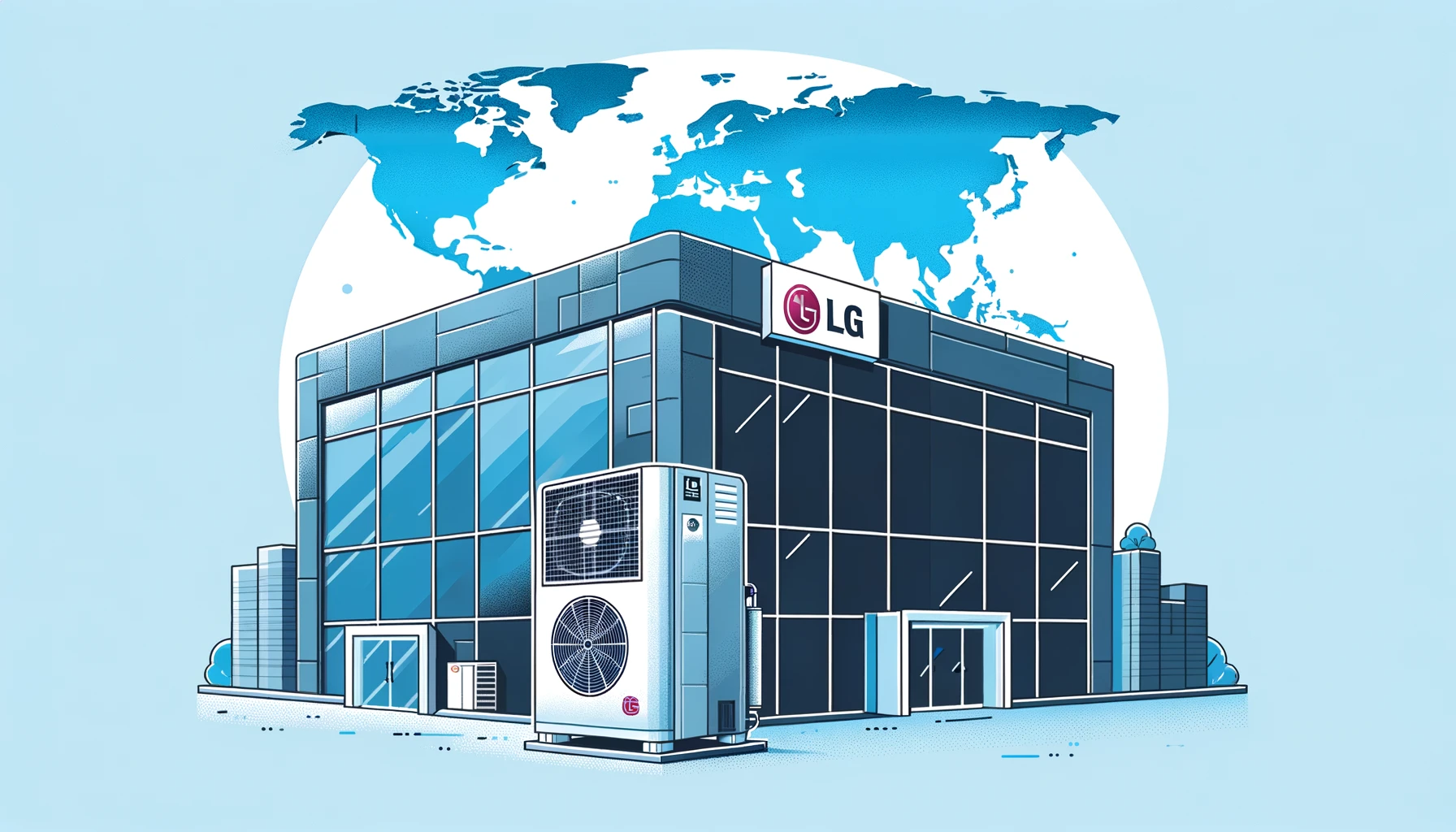
LG Electronics is marking a significant growth trajectory in its Business-to-Business (B2B) sector, particularly in the Heating, Ventilation, and Air Conditioning (HVAC) segment. The company reports a robust nearly 40% average annual increase in sales over the past three years, primarily fueled by its large-capacity chillers tailored for expansive buildings and commercial facilities.
Since its venture into the chiller market in 2011, LG Electronics has significantly diversified its HVAC offerings. Originally focusing on residential and small commercial units, the company now provides a broad range of solutions that cater to extensive commercial settings, including central air conditioning systems and chillers for specialized applications such as nuclear power plants. The development of comprehensive building management systems (BMS) further exemplifies LG’s dedication to innovation in this sector.
Overview of LG’s HVAC Product Evolution
| Year | Product Introduced | Target Application |
|---|---|---|
| 2011 | Initial Chiller Models | Small Commercial Buildings |
| 2013 | Expanded Chiller Range | Large Commercial Facilities |
| 2015 | Central Air Conditioning Systems | Multiple Building Types |
| 2018 | BMS and Nuclear Plant Chillers | Specialized Facilities |
Chillers, which are vital for modern cooling systems, work by circulating chilled water through a heat exchanger to provide air conditioning. With the introduction of high-efficiency compressors and heat exchangers, LG’s chillers stand out for their energy efficiency and reduced operational costs.
In response to the increasing global demand for efficient HVAC solutions, LG is extending its reach beyond Asia, targeting markets in the Middle East, Europe, and the Americas. The company’s strategic focus includes both new and traditional projects, such as battery and material manufacturing plants, alongside nuclear facilities. A notable recent success was securing a contract to supply chillers for a state-of-the-art battery plant in North America.
Market Growth Prediction: LG’s market research team anticipates that the global chiller market will experience a growth of six percent annually through to 2027. By leveraging its advancements in technology and increasing its production capacity, LG aims to more than double its HVAC sales by 2030, aspiring to become a leader in both the residential and commercial sectors globally.
Central to LG’s strategy is the emphasis on technological enhancements and energy efficiency:
- LG Inverter Scroll Chiller: This model is particularly notable for its efficiency, utilizing R32 refrigerant—which has a considerably lower global warming potential than the traditional R410A—thus aligning with global environmental goals. Its design simplifies maintenance, with easily replaceable components and accessible structures for routine inspections.
Key Technological Features:
- Advanced heat pump technology
- High-efficiency compressors
- Optimized heat exchangers
James Lee, the head of the Air Solution Business Unit at LG Electronics Home Appliance & Air Solution Company, highlights the company’s commitment to innovation and customer satisfaction: “We are committed to delivering efficient cooling systems that leverage our proprietary HVAC technologies to present exceptional performance and value to our global customers,” said Lee. “LG will continue to expand its presence in the global HVAC market with differentiated solutions including chillers, aligned with the latest trends in electrification and decarbonization.”
This commitment underscores LG’s strategy of integrating cutting-edge technology with sustainable practices, aiming to meet the current and future needs of its global customer base. As LG continues to push the boundaries of what is possible in HVAC technology, its focus remains steadfast on delivering high-quality, energy-efficient solutions that help shape a more sustainable and comfortable environment for everyone.
Related News:
Featured Image courtesy of DALL-E by ChatGPT
